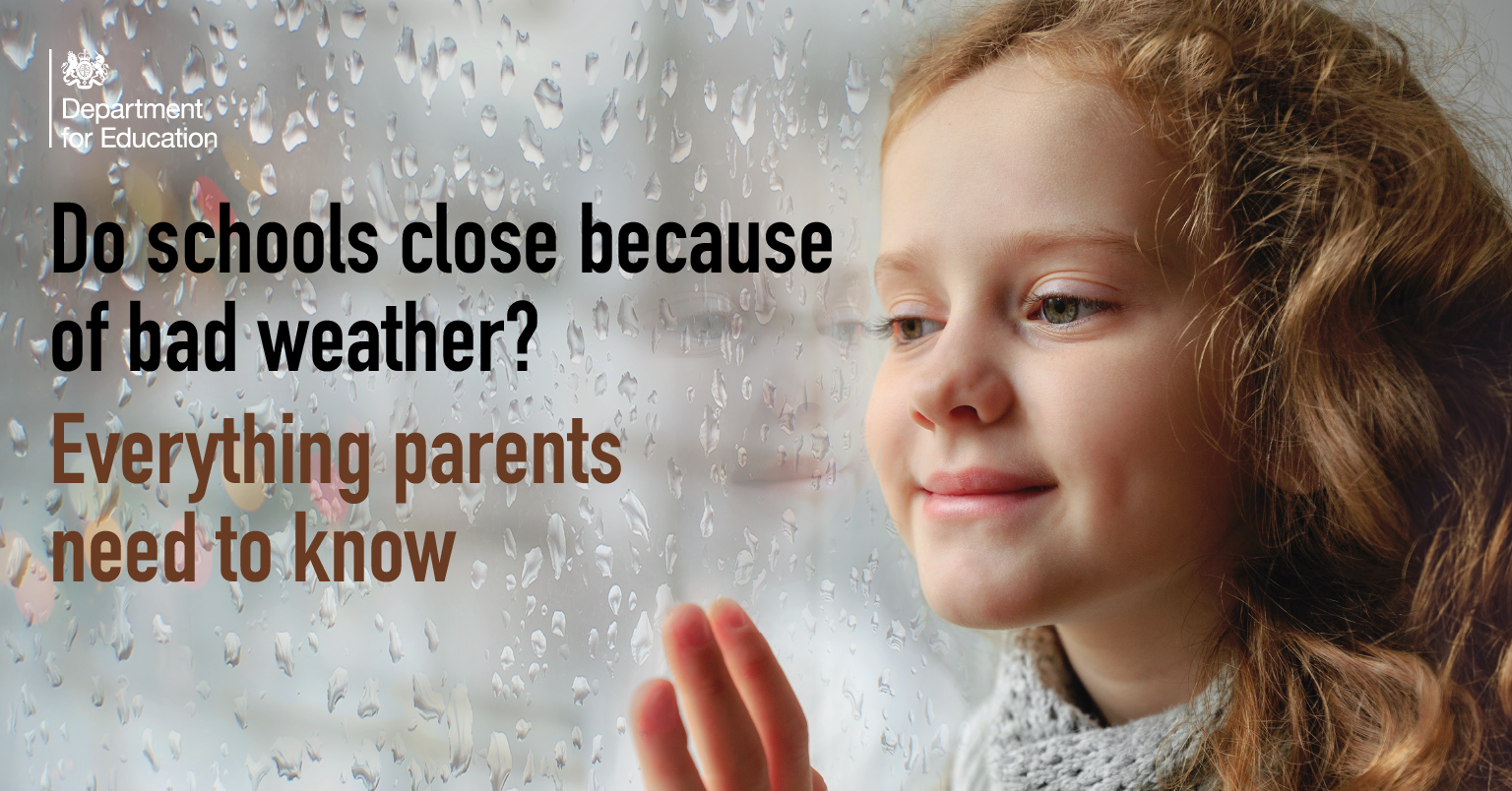
Schools will make every effort to stay open in adverse weather conditions, including storms, flooding, snow and heatwaves. However, the safety of pupils and teachers is a top priority.
On rare occasions schools do sometimes need to close or operate at a reduced level.
Who decides if schools should close?
Schools and other education settings set their own plans and policies on how to deal with adverse weather conditions.
It’s up to schools to decide on whether it is safe for them to open or close based on their own risk assessment and taking local issues into account.
How should schools and councils inform parents?
Schools will have their own approaches to contacting parents, in many circumstances they have their own apps and/or messaging services.
Schools will try to give parents as much notice as possible but sometimes decisions will be made quite late as circumstances change.
What things should schools consider when deciding whether to close?
Decisions will be made locally based on common sense and there are a large range of things that schools will consider.
This could include where staffing levels can’t be met because transport issues are preventing teachers from getting to work.
Other examples include safety conditions around the school, temperatures in school buildings and more.
If they do decide to temporarily close during severe weather, they should consider moving to remote learning for pupils until it is safe to reopen.
What if it’s unsafe to travel to school?
In exceptional circumstances, a pupil may be unable to attend school because a local or national emergency has resulted in widespread disruption to travel.
If parents believe it would be unsafe to travel, they should inform the school as soon as possible to let them know their child won't be attending and why (in line with the schools absence policy).